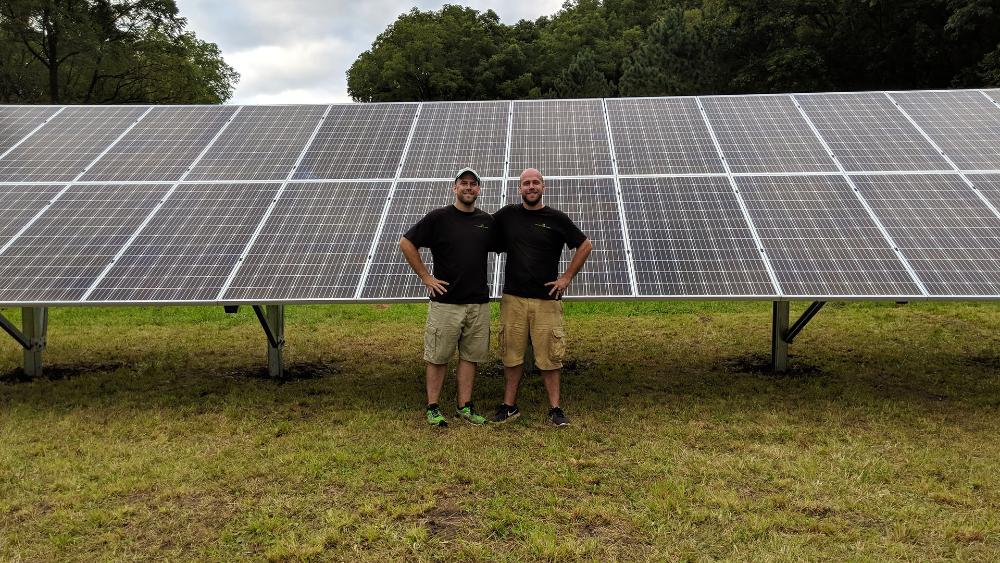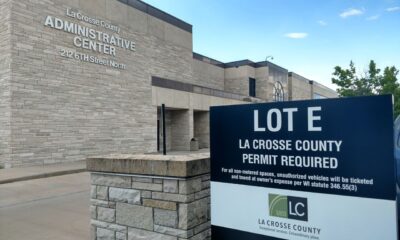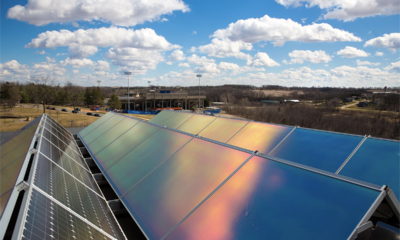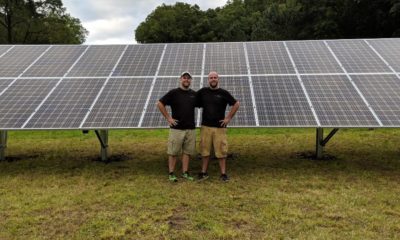Entertainment
Onalaska business sees increased interest in solar energy

Despite the recent cold snap and limited hours of winter sunshine, interest in solar energy is shining bright in southwest Wisconsin.
Since Olson Solar Energy’s start in 2017, the company has placed systems across diverse landscapes from farms to residential homes to help individuals generate energy.
“It has been a wild year,” Cameron Olson said. “COVID-19 left a lot of questions for people about energy independence and energy security. There’s been a lot of interest in solar.”
Working with a diverse landscape, Olson Solar Energy designs individual systems that would work for each situation from roof mounts to ground mounts, and found success in different terrains.
Olson said he commonly hears questions asking if solar actually works as a renewable energy source.
“Just yesterday, I had a customer Facebook message us that he got money back on his electric bill because the solar system actually overproduced what he needed for the entire year of 2020,” Olson said. “It is real. When you look at that carbon footprint, we all use energy. This is a way of being able to do my part because my energy consumption is at least offset by a renewable energy source. It’s a pretty good feeling.”
Return on investment for panels depends on the system and size, but typical residential customers see payback within 10 years. The large commercial or farm systems usually see profit in seven years.
Olson Solar Energy offers different systems. A grid-tied system uses power grid energy. Any extra energy produced by the panels is sold back to electric companies, but if the grid loses power, then the home also loses power.
“As a safety regulation, if the energy company personnel are working on the power line, we obviously don’t want a solar system putting power back into those power lines and hurting someone,” Olson explained. “We have quite a few different safety procedures that make sure the power does not go back in.”
An off-the-grid system stores solar energy in batteries for future use, so power will stay on if the grid fails, but the extra energy created is lost. A hybrid system has both battery options and connects to the grid.
“We’ve had an increasing amount of people interested in a hybrid battery system where they actually have a Lithium power battery that goes into their home as they are producing during the day, but then it fills up that battery at night,” Olson said. “The batteries are smart batteries that will automatically turn on when the power goes out and the solar stops producing energy.”
In a situation where the power goes out, the batteries may not be able to power the entire home, but they could keep essential appliances running.
“We’re happy to be part of the community and doing what we do,” Olson said. “We love talking about solar. It is so much more affordable thank people think, and even than what it was maybe 10 years ago.”
More information about Olson Solar Energy can be found at olsonsolarenergy.com.







